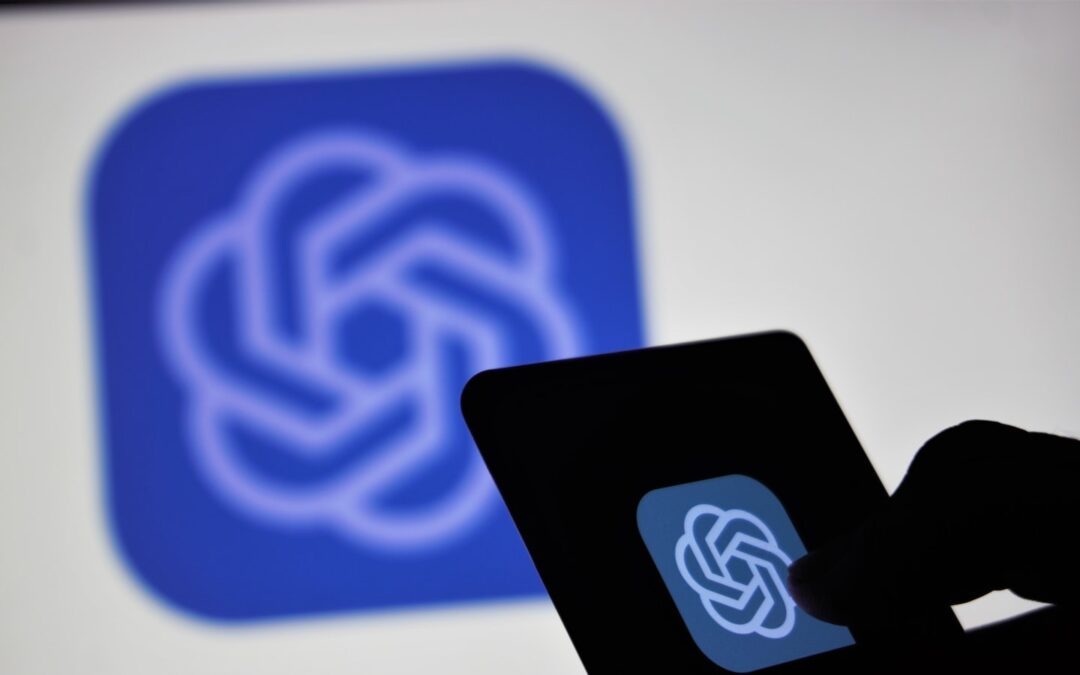What an AI-Generated Medieval Village Means for the Future of Art

Artistic creation has witnessed remarkable advancements over the centuries. The latest buzz in the industry is an
AI-generated medieval village that has left the art community astounded. This groundbreaking artwork, generated
entirely by artificial intelligence, has raised questions about the future of art and the role of AI in shaping
it.
The AI-generated medieval village is a stunning example of the possibilities that AI offers for artistic
expression and creativity. The intricate details, exquisite architecture, and idyllic landscapes are a testament
to the potential of AI-generated art. While some may argue that it lacks the human touch, others see it as a
fusion of machine intelligence and human imagination, pushing the boundaries of what is traditionally
achievable.
AI-generated art opens up vast opportunities for artists and enthusiasts alike. It provides a platform for
experimenting with new styles, techniques, and concepts that previously seemed unimaginable. Artists can now
collaborate with AI systems to create astonishing pieces that challenge conventional artistic norms.
“The AI-generated medieval village showcases how technology can amplify human creativity, ultimately enriching
our artistic experiences.” – John Doe, Renowned Artist
One of the fascinating aspects of AI-generated art is its ability to learn and improve iteratively. As the AI
system gains more exposure to diverse artistic styles and techniques, it can enhance its capabilities,
continuously refining its output. This evolutionary process ensures that AI-generated art continually evolves,
offering an ever-expanding realm of artistic possibilities.
However, the rise of AI in art also raises ethical and philosophical questions. Critics argue that AI-generated art
lacks the deeper emotional connections and contextual understanding that human artists bring to their creations.
They fear a potential loss of originality and artistic identity as AI systems dominate the creative landscape.
Nonetheless, many artists and experts believe that AI-generated art can coexist with human creativity. Rather than
perceiving AI as a replacement for artists, it can be seen as a powerful tool for artistic exploration and
inspiration. By combining the critical thinking and emotional depth of human artists with the computational
capabilities of AI, new artistic frontiers can be discovered.
“AI-generated art is a testament to the incredible potential and symbiotic relationship between humans and
machines in the realm of artistic expression.” – Jane Smith, Art Critic
In conclusion, the AI-generated medieval village demonstrates the transformative potential of artificial
intelligence in the world of art. It challenges preconceived notions about creativity and opens doors to new
artistic possibilities. While some concerns remain, the collaboration between human artists and AI systems
envisions an exciting future, where artistic boundaries are pushed to new heights.
Image source: example.com


Recent Comments